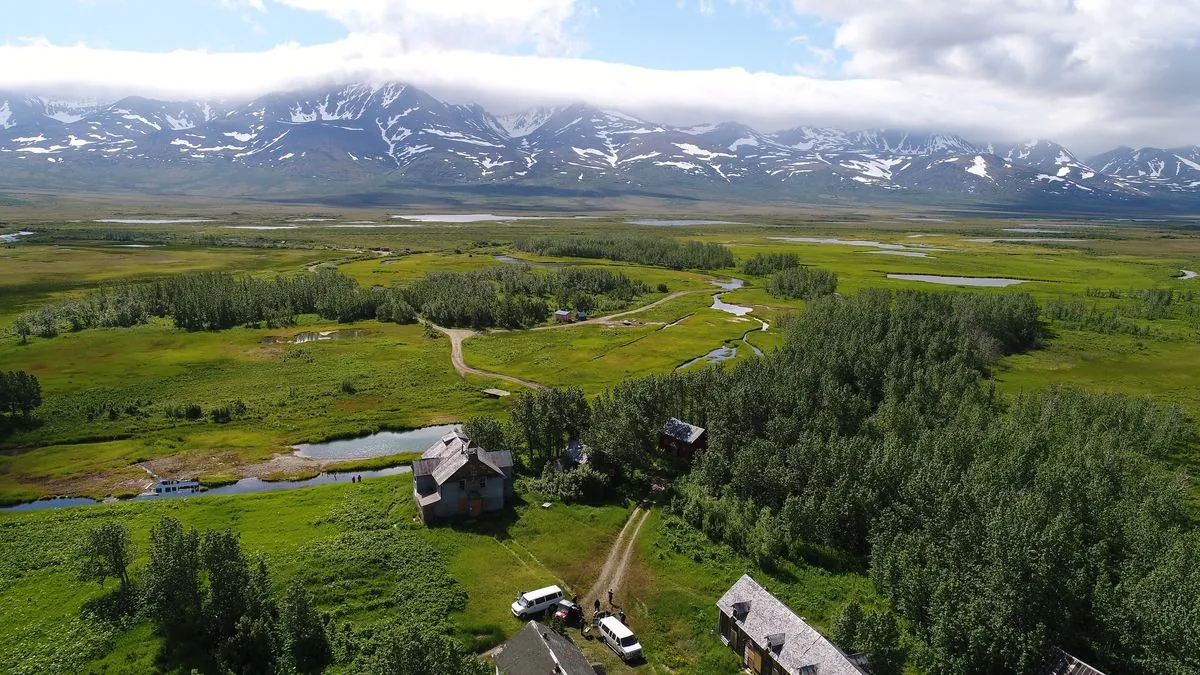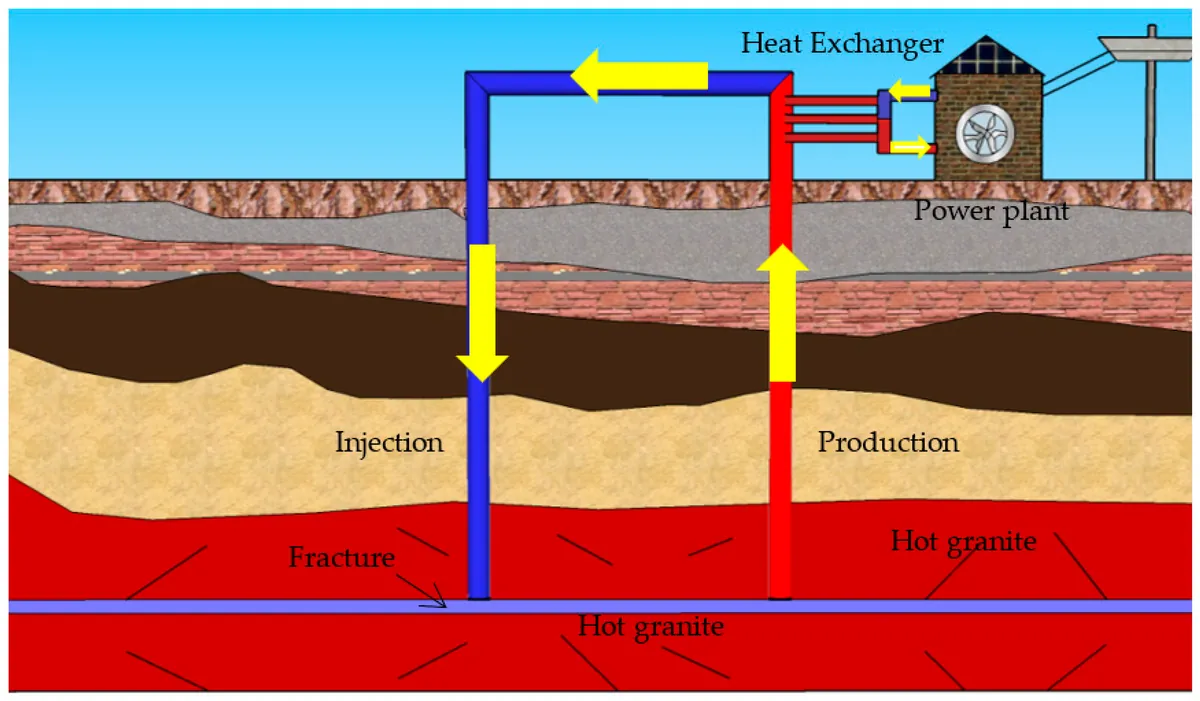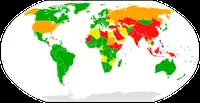Geothermal Energy: A Strategic Opportunity in Alaska and Beyond
Geothermal power emerges as a promising energy source, with Alaska's Aleutian Islands offering significant potential. This renewable resource could enhance energy security and strategic resilience across the Pacific Rim.

Geothermal energy, harnessing the Earth's internal heat, is emerging as a strategic energy technology with significant potential for rapid scaling. This renewable resource, primarily generated by the decay of radioactive particles in the Earth's core, offers a unique opportunity for enhancing energy security and strategic resilience across the Pacific Rim, particularly in Alaska.
The Pacific Ring of Fire, containing approximately 75% of the world's active volcanoes, presents an ideal setting for geothermal power development. Alaska, which became the 49th U.S. state in 1959, stands at the forefront of this opportunity. The state's strategic location, abundant geothermal resources, and existing infrastructure make it a prime candidate for pioneering large-scale geothermal projects.
Recent technological advancements have dramatically expanded the potential of geothermal energy. U.S. companies, leveraging expertise gained from the shale oil and gas industry, are developing cutting-edge approaches to geothermal power generation. These innovations include horizontal drilling, first used commercially in the 1980s, and hydraulic fracturing, which became widespread in the 2000s. These techniques, combined with distributed fiber optic sensing, are opening up new locations for geothermal development and reducing financial risks for project developers.

Geothermal energy offers several key advantages:
- Baseload power: Unlike intermittent renewables, geothermal provides consistent 24/7 electricity supply.
- Climate benefits: Each megawatt of geothermal power can displace fossil fuel-based generation.
- Drought resistance: Geothermal is less affected by water scarcity compared to hydropower and many thermal plants.
- Energy security: Geothermal resources are less vulnerable to supply chain disruptions or blockades.
The Aleutian Islands, stretching over 1,200 miles from the Alaska Peninsula to Russia's Kamchatka Peninsula, present a particularly promising area for geothermal development. Dutch Harbor, on Unalaska Island, has been the largest U.S. fishing port by volume for over two decades. The area's volcanic activity, exemplified by the Makushin Volcano which last erupted in 1995, provides an ideal setting for geothermal power generation.
The strategic importance of the Aleutian Islands cannot be overstated. With multiple militarily relevant airfields and proximity to key flashpoints in East Asia, the region plays a crucial role in U.S. defense strategy. The potential reopening of the Navy base on Adak, closed in 1997, and the expansion of facilities on Shemya further underscore the area's significance.
"Geothermal sources strengthen our energy grids and give us the ability to isolate threats before they impact our operations. This type of capability will translate into victory in a high-end fight."
Developing geothermal projects in the Aleutians could serve as a template for similar initiatives across the Indo-Pacific region. Countries like the Philippines, the world's third-largest geothermal power producer, and Indonesia, with the world's largest geothermal power potential estimated at 29 GW, could benefit from U.S. expertise in this field.
However, the initial costs of geothermal projects remain a significant challenge. The U.S. Department of Energy, established in 1977, estimates that a 30 MW next-generation geothermal project in an Aleutian context could cost about $450 million. Overcoming these financial hurdles will require strategic government support, potentially through agencies like the International Development Finance Corporation, established in 2019, or the Office of Strategic Capital, created in December 2022.
In conclusion, geothermal energy presents a strategic opportunity for enhancing energy security, promoting climate goals, and strengthening the U.S. position in the Pacific Rim. By leveraging its technological expertise and strategic resources, particularly in Alaska's Aleutian Islands, the United States can lead the way in harnessing this powerful and sustainable energy source.


































